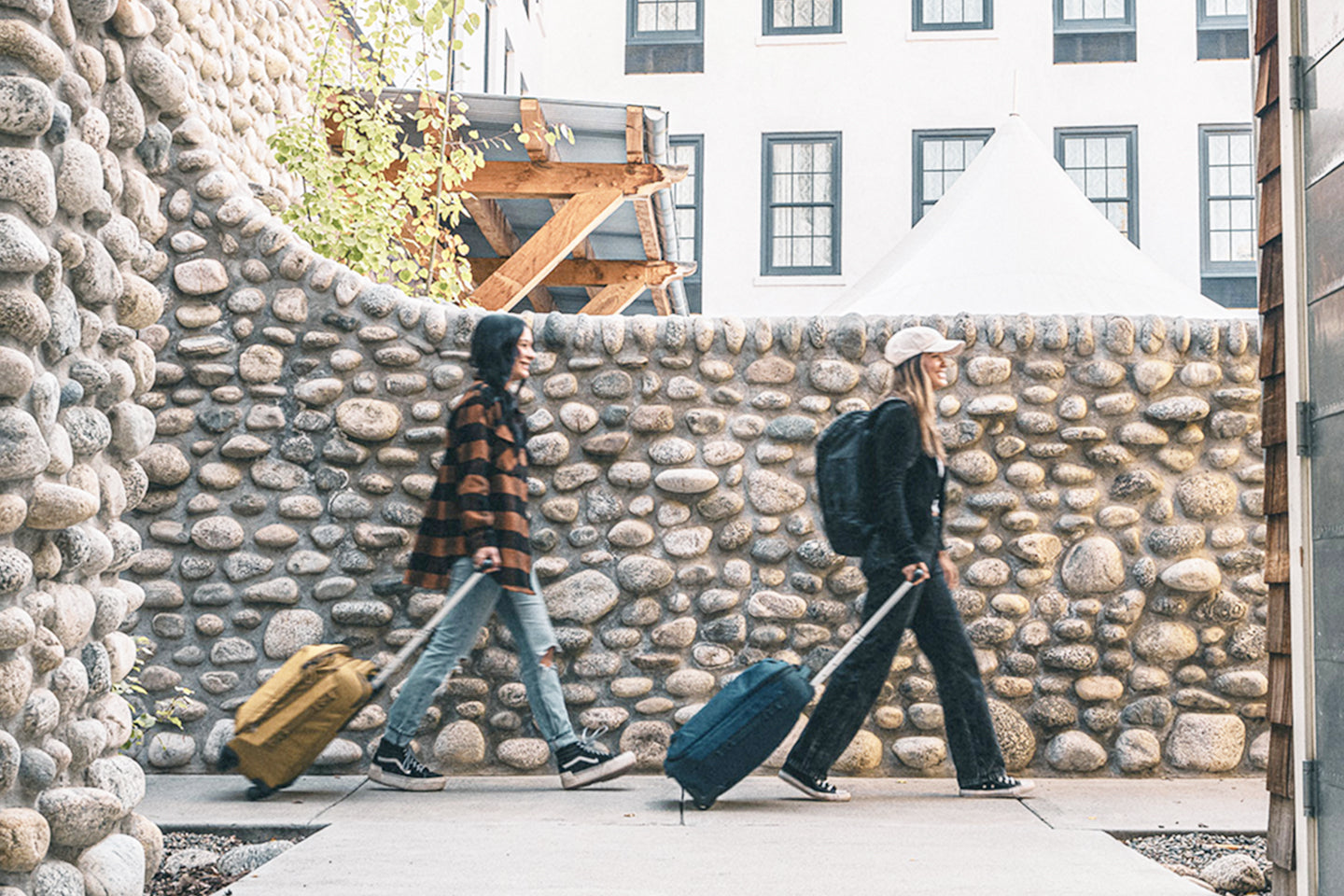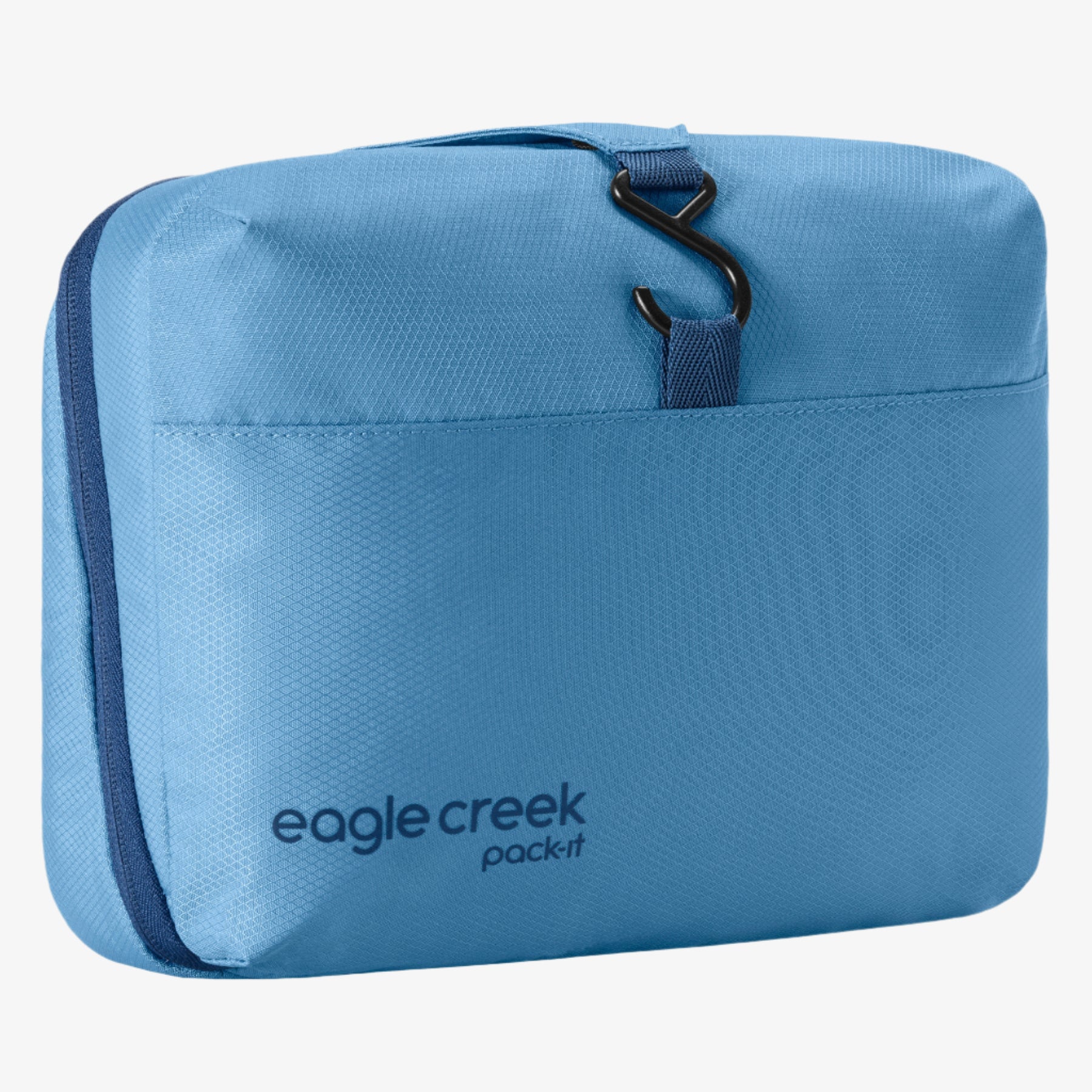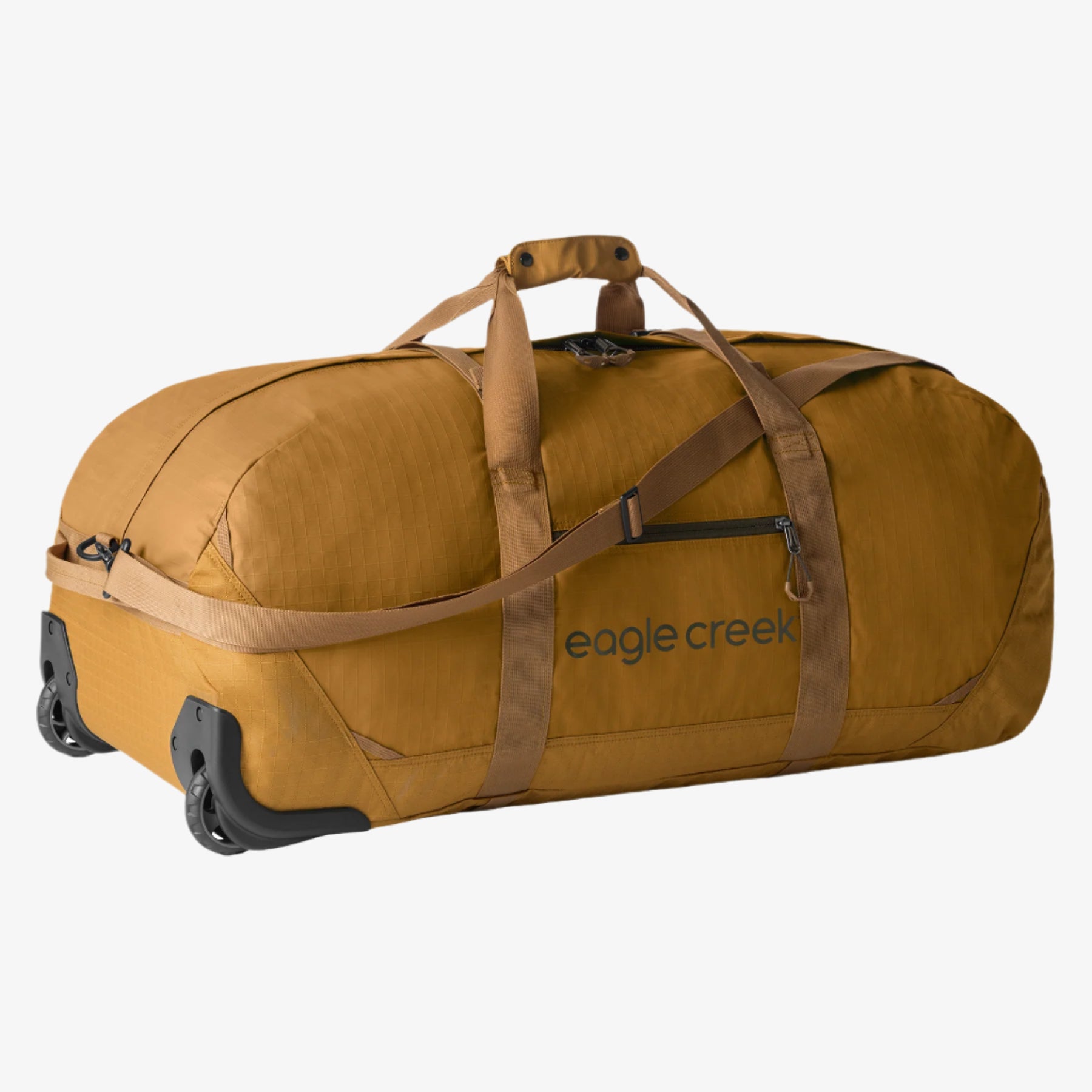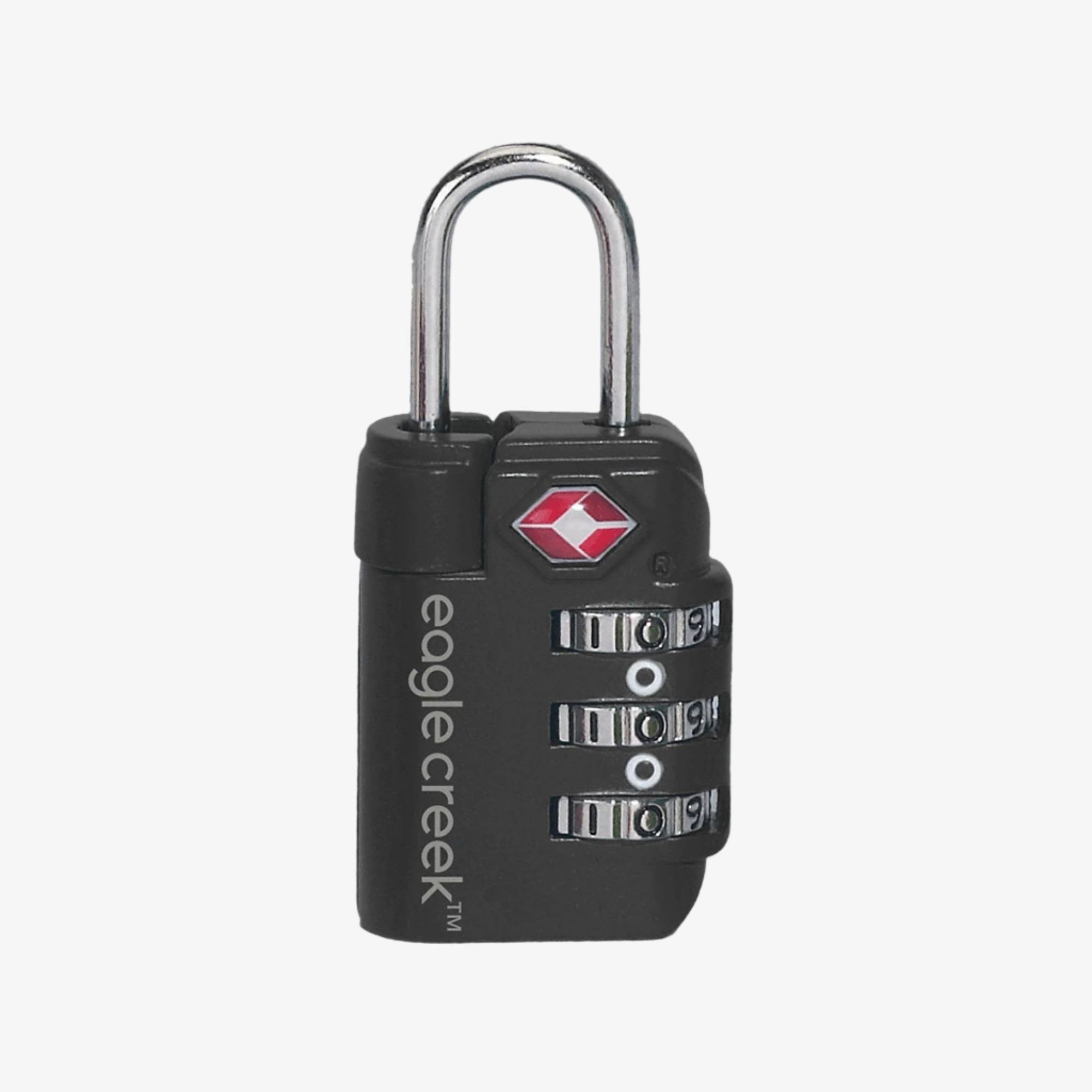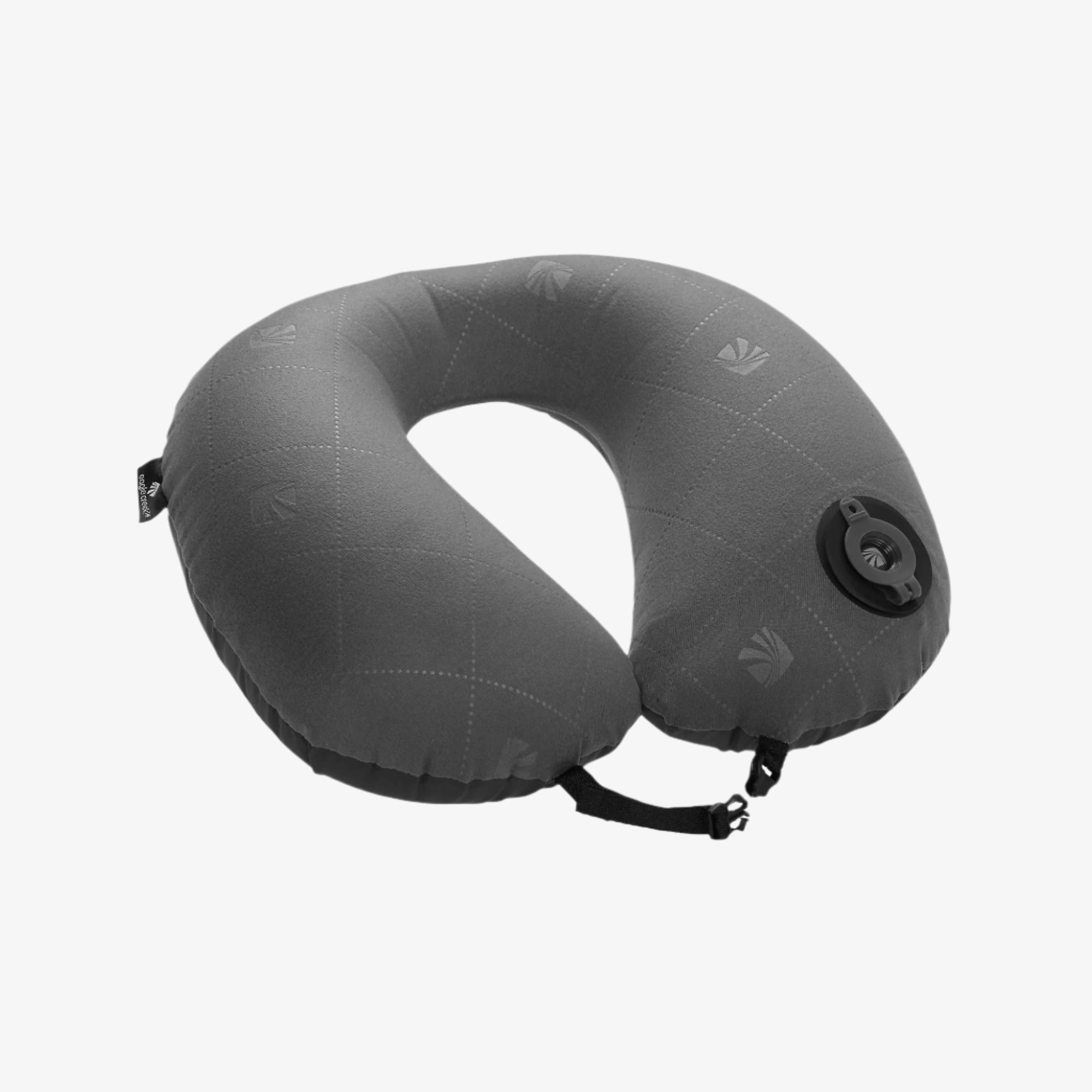Exploring Death Valley’s Rhyolite Ghost Town on a Road Trip
Death Valley is more than desert. How about an authentic ghost town with a spooky open-air museum filled with otherworldly sculptures?
Many travelers may head to Death Valley for its expanses of sand, forests of cactus and Joshua trees, and the infamous Badwater Basin, which is the lowest point in the United States. But how about a twist on your next road trip? Get off the beaten path in Death Valley by heading out to Rhyolite, a ghost town that dates back to around 1904.
Prepare For Your Trip
Although Rhyolite, Nevada, is not really within the boundaries of Death Valley National Park, its ruins sit on a mix of federal and private lands just outside the park on the way to Beatty, Nevada. If you’re a fan of ghost towns, Rhyolite should be on your list. For one thing, it’s not some touristy haven. There are no services (bring your own beverages or snacks), no rangers (download maps before going), and no lights (stash a few flashlights or a headlamp in a gear kit). Plus, the town sits at 3,800 feet, so even in early November, when I was there, you’ll want to carry a sweater or coat for chilly evenings
Today, Rhyolite and its sister city Bullfrog are nothing more than a crumbling, uninhabited collection of buildings in the middle of nowhere, waiting hopefully for funding to offer some repairs before even the skeleton of these towns is lost.
Rhyolite’s History
How did Rhyolite get there? In short, like so many desert towns, the rush was on when quartz with gold was found in the area in 1904. Soon, there were more than 2,000 claims in the 30-mile-area of the Bullfrog Mining District. The town itself blossomed around those claims, with a grand three-story bank, a busy red-light district, plus a stock exchange, hotels, a school for 250 children, and other supporting businesses for a population that hit about 8,000 at its peak.
Literally, the town went from boom to bust, with the financial panic of 1907 draining the population and sucking the town of its businesses. By 1916, light and power were shut off with a population of just a few hundred remaining. Meaning Rhyolite went from nothing, to a huge town, and back to nothing in about 11 years.
What To Do At Rhyolite
There are no maps of Rhyolite. Just follow the signs and information on Death Valley National Park’s website. Take a pack with any camera gear, and don’t forget to tote along your sunscreen for day visits. My suggestion is to get there before the sun sets so you can get the lay of the land—it’s not a large area. After dark, things really do get spooky. Many buildings are fenced off, especially the larger ones that are crumbling and could pose a risk, but some smaller former homes or businesses are not. One building called The Bottle House was restored in 1925 by Paramount Pictures.
Things are desolate out there in Rhyolite, Nevada, since it really is the epitome of the middle of nowhere. It’s 35 miles from Death Valley’s Furnace Creek Visitor Center, although the burg of Beatty, Nevada, is only nine miles away and will offer the closest services.
The other thing to do before sunset is to visit the Goldwell Open Air Museum nearly on the same plot of land. This museum is basically a homage to the late Belgian-Polish artist Albert Szukalski. There’s a small volunteer-run museum visitor’s center, and it might or might not be open. Either way, you can always walk around the rather spooky, sometimes odd, sculptures. Some were created by real people being draped with cloth soaked in plaster of Paris. After the cloth dried enough to stay standing on its own, the models crawled out. Which makes the sculptures appear quite ghostly. My friend swore she saw one moving. A couple of popular creations are Ghost Rider, a draped sculpture with a bike, and The Last Supper, a series of sculptures posted much like The Last Supper painting. If you time your visit right, you can also try some Milky Way or astral photography. And of course, taking advantage of dark skies for star gazing in Rhyolite, Nevada is a given since Death Valley is a certified Dark Sky Park.
Whether a day or night visit on a Death Valley road trip, exploring the decaying Rhyolite ghost town or the rather odd, permanent open-air sculptures at Goldwell will keep young and old entertained. And, for the more adventurous, discover hiking trails in Death Valley too.






